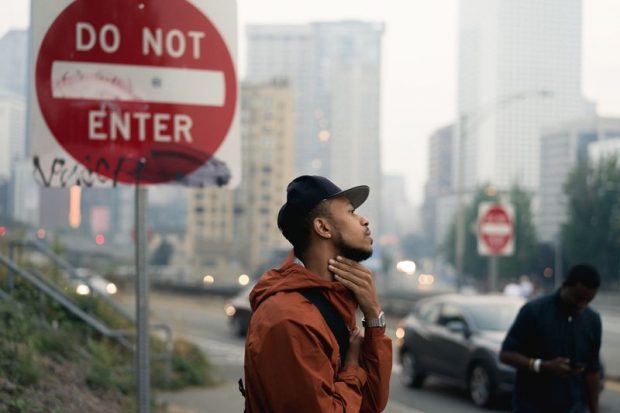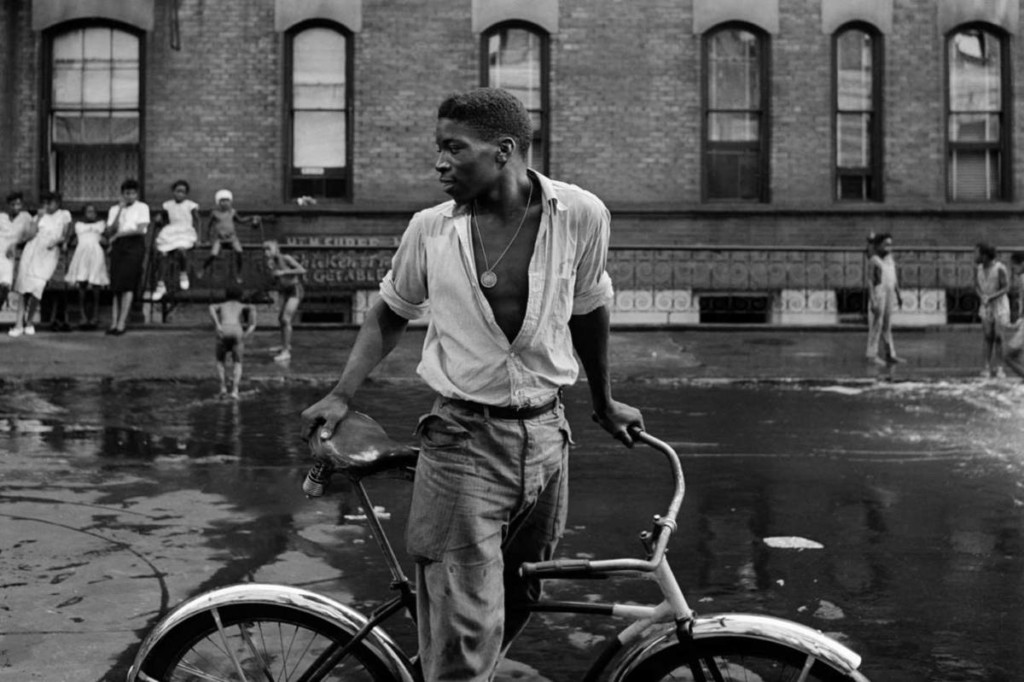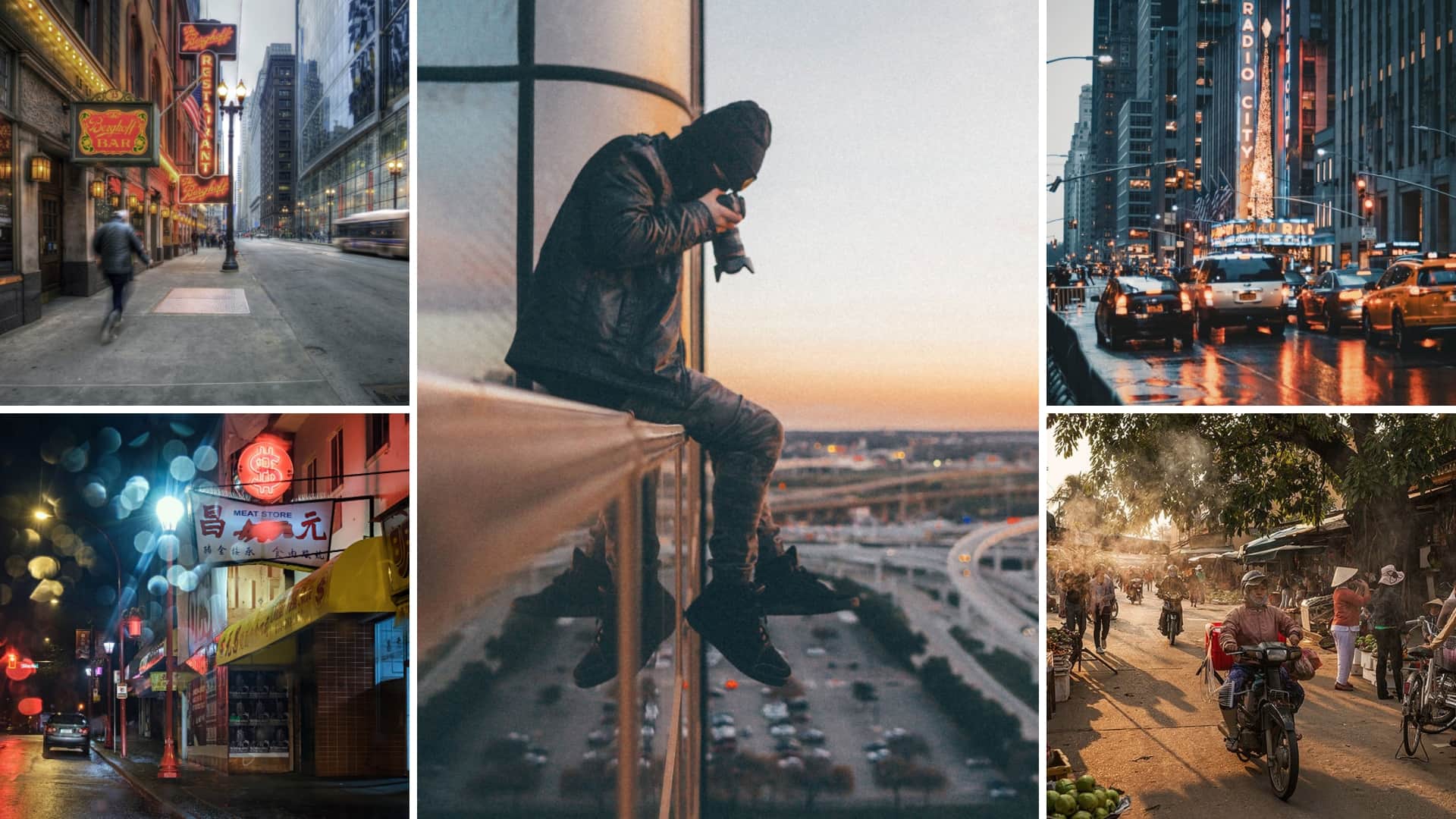Fascination About Framing Streets
Table of ContentsSee This Report about Framing StreetsFascination About Framing StreetsFacts About Framing Streets Uncovered7 Easy Facts About Framing Streets ShownIndicators on Framing Streets You Should KnowNot known Facts About Framing Streets
Photography genre "Crufts Dog Program 1968" by Tony Ray-Jones Street digital photography (also sometimes called honest digital photography) is digital photography carried out for art or inquiry that features unmediated chance encounters and random incidents within public areas, generally with the purpose of capturing images at a crucial or touching moment by mindful framework and timing. 
A Biased View of Framing Streets
Susan Sontag, 1977 Street photography can concentrate on individuals and their actions in public. In this respect, the street photographer is similar to social docudrama digital photographers or photographers who likewise work in public places, but with the objective of capturing newsworthy events. Any of these photographers' photos might catch people and residential or commercial property noticeable within or from public areas, which frequently involves browsing ethical concerns and regulations of privacy, safety, and home.
Representations of daily public life develop a genre in virtually every duration of globe art, beginning in the pre-historic, Sumerian, Egyptian and very early Buddhist art periods. Art managing the life of the road, whether within sights of cityscapes, or as the dominant theme, appears in the West in the canon of the Northern Renaissance, Baroque, Rococo, of Romanticism, Realistic look, Impressionism and Post-Impressionism.
Framing Streets Things To Know Before You Buy
Louis Daguerre: "Blvd du Holy place" (1838 or 1839) In 1838 or 1839 the initial picture of numbers in the street was videotaped by Louis-Jacques-Mand Daguerre in among a set of daguerreotype sights drawn from his studio home window of the Boulevard du Holy place in Paris. The second, made at the height of the day, shows an unpopulated stretch of road, while the various other was taken at concerning 8:00 am, and as Beaumont Newhall reports, "The Boulevard, so continuously loaded with a moving bunch of pedestrians and carriages was perfectly singular, other than an individual that was having his boots cleaned.
Consequently his boots and legs were well specified, yet he lacks body or head, because these were in movement." Charles Ngre, waterseller Charles Ngre. https://yoomark.com/content/street-photography-presets-adobe-lightroom-cc-timeless-journey was the very first professional photographer to obtain the technological refinement required to register individuals in movement on the official site street in Paris in 1851. Digital Photographer John Thomson, a Scotsman working with reporter and social protestor Adolphe Smith, published Road Life in London in twelve regular monthly installments beginning in February 1877
Rumored Buzz on Framing Streets
Eugene Atget is regarded as a progenitor, not due to the fact that he was the very first of his kind, but as an outcome of the popularisation in the late 1920s of his record of Parisian streets by Berenice Abbott, that was influenced to take on a comparable paperwork of New york city City. [] As the city established, Atget aided to advertise Parisian roads as a deserving topic for digital photography.

The Facts About Framing Streets Uncovered
Martin is the very first tape-recorded professional photographer to do so in London with a disguised video camera. Mass-Observation was a social study organisation started in 1937 which aimed to tape everyday life in Britain and to videotape the responses of the 'man-in-the-street' to King Edward VIII's abdication in 1936 to marry separation Wallis Simpson, and the sequence of George VI. The chief Mass-Observationists were anthropologist Tom Harrisson in Bolton and poet Charles Madge in London, and their very first record was created as guide "May the Twelfth: Mass-Observation Day-Surveys 1937 by over 2 hundred viewers" [] Window cleaner at Kottbusser Tor, Berlin, by Elsa Thiemann c. 1946 The post-war French Humanist College digital photographers located their subjects on the road or in the bistro. In between 1946 and 1957 Le Groupe des XV yearly showed work of this kind. Andre Kertesz. Circus, Budapest, 19 May 1920 Street digital photography formed the major content of 2 exhibits at the Museum of Modern Art (Mo, MA) in New York curated by Edward Steichen, 5 French Photographers: Brassai; Cartier-Bresson, Doisneau, Ronis, Izis in 1951 to 1952, and Post-war European Photography in 1953, which exported the idea of road digital photography internationally.

Getting The Framing Streets To Work
, then an instructor of young kids, linked with Evans in 193839.'s 1958 publication,, was substantial; raw and commonly out of emphasis, Frank's images examined conventional photography of the time, "tested all the formal rules laid down by Henri Cartier-Bresson and Walker Evans" and "flew in the face of the wholesome pictorialism and genuine photojournalism of American publications like LIFE and Time".